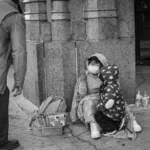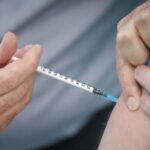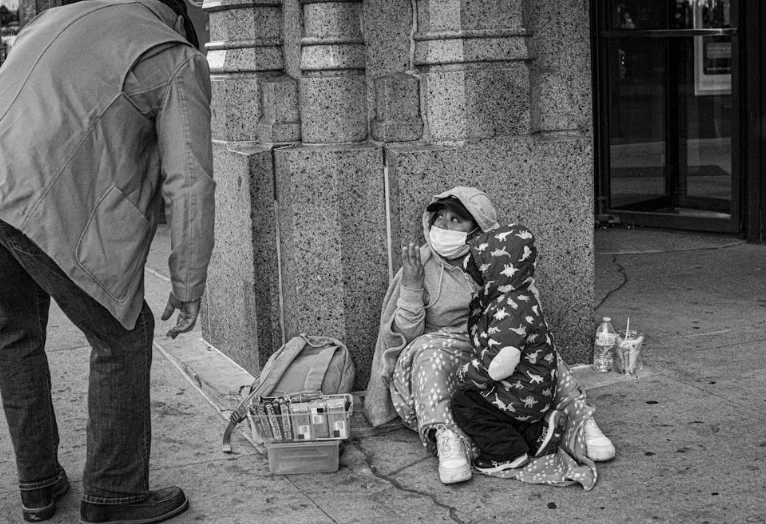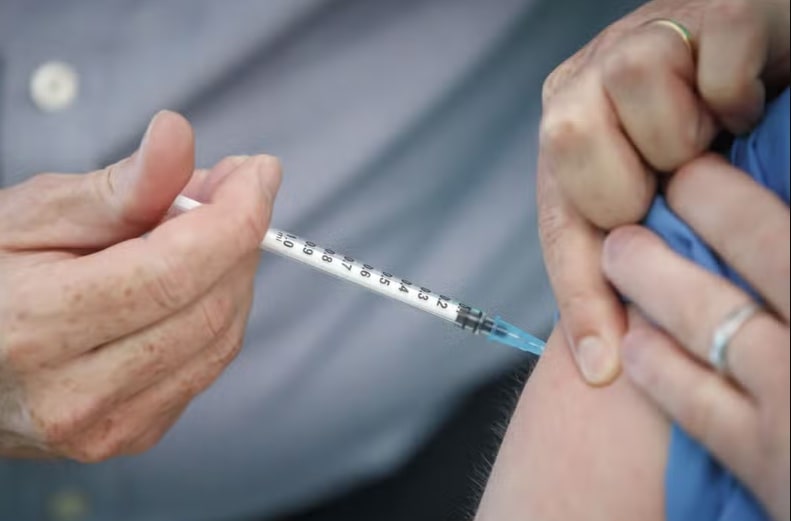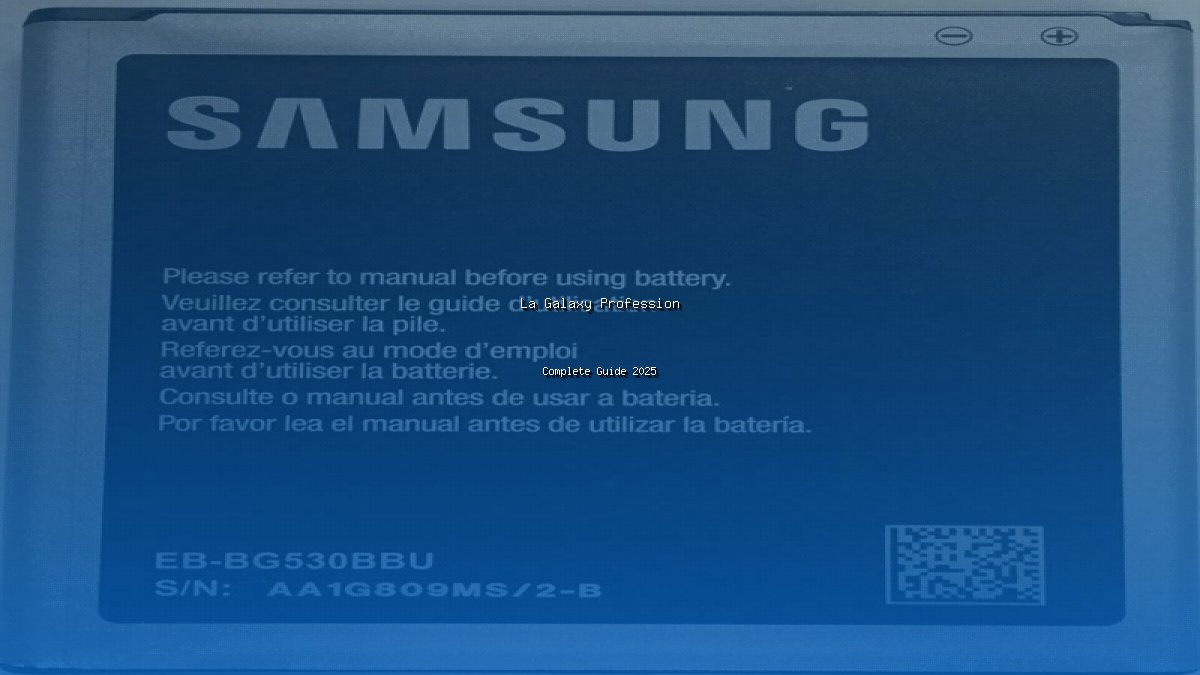First US Case of New Mpox Strain Reported: What You Need to Know
- Update Time : 04:19:10 pm, Sunday, 17 November 2024
- / 213
In a recent update, U.S. health officials reported the first known case of a new strain of mpox (known as Clade 1b) in the country. This new strain was acquired by an individual who had traveled to East Africa. The patient, now recovering at home in San Mateo, California, received treatment for a mild illness, and health authorities assure the public that the risk of the disease spreading is currently low.
While this new mpox strain may sound alarming, it’s important to understand its symptoms, how it spreads, and the measures being taken to prevent further cases.
What is Mpox?
Mpox, previously known as monkeypox, is a viral disease related to smallpox. It was first identified in animals like monkeys in the 1950s but was later found to affect humans. The disease is rare outside of certain parts of Africa, where it is usually spread through close contact with animals or people who are infected.
Mpox causes symptoms that are similar to smallpox but are generally milder. It often begins with flu-like symptoms such as fever, chills, and muscle aches. After a few days, a rash typically develops, starting on the face and spreading to other parts of the body. These rashes can turn into sores or blisters, sometimes filled with pus. The disease is usually not fatal, but complications can arise, especially in people with weakened immune systems.
The New Mpox Strain (Clade 1b)
The case reported in California was caused by a newer strain of the mpox virus, called Clade 1b. This strain first emerged in parts of Africa, specifically in the Democratic Republic of Congo, Uganda, and Burundi. The World Health Organization (WHO) declared it a global health emergency in August 2024 due to its rapid spread and higher risk of severe illness and death.
This new strain has shown to spread more easily than the earlier forms of mpox, and people infected with Clade 1b are more likely to experience severe symptoms. In some cases, the disease can even be fatal, especially in children or people with underlying health conditions. Clade 1b has caused more than 3,100 cases worldwide, mostly in Africa, and has led to hundreds of deaths, making it a serious concern.
In the United States, this new strain was first detected in a person who had traveled from East Africa to California. Fortunately, the individual was treated for mild symptoms and is now recovering while isolating at home. There is no evidence that this strain is spreading within the U.S., and health officials emphasize that the public risk remains low.
How is Mpox Spread?
Mpox is primarily transmitted through close physical contact, including sexual contact, kissing, or cuddling. The virus can also spread through contact with bodily fluids from an infected person or through the sores or rashes that appear on the skin. It’s important to note that mpox can be spread even if the person doesn’t show symptoms yet, which makes it more difficult to track.
While mpox has been known to spread in certain communities, the general public’s risk remains low as long as precautions are taken, such as avoiding close contact with infected individuals and practicing good hygiene. The disease can also be spread through contact with animals, particularly rodents, that carry the virus in regions where the disease is more common, like Central Africa.
Symptoms of Mpox
The symptoms of mpox, especially the Clade 1b strain, can vary from mild to severe. They typically include:
- Fever and chills
- Muscle and joint aches
- Headaches
- Back pain
- Fatigue
- Swollen lymph nodes
After the flu-like symptoms appear, a rash typically develops. The rash usually begins on the face and spreads to the rest of the body, including the hands, feet, and genitals. The rash can turn into blisters or pus-filled lesions that can last for two to four weeks. In severe cases, the rash can leave scars, and some individuals may need medical attention to manage the pain and complications.
The symptoms of Clade 1b seem to be more severe compared to previous strains. This makes early detection and treatment critical. The WHO has noted that the new strain has a higher risk of death, especially for children and adults with weakened immune systems.
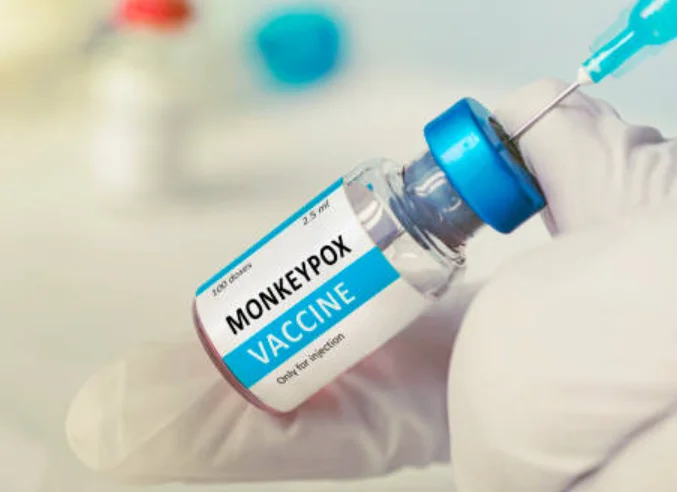
Preventing Mpox
Preventing mpox is similar to preventing many other infectious diseases. Here are some key steps to protect yourself:
- Avoid close contact with individuals who have symptoms of mpox or are known to have been infected.
- Practice good hygiene, including washing your hands frequently with soap and water or using hand sanitizer.
- Use protection during sex to reduce the risk of spreading mpox.
- Get vaccinated if you are at high risk. There are vaccines available that can help prevent the disease, especially if given soon after exposure.
The mpox vaccine is available in a two-dose series, and it is especially important for people in areas with outbreaks or those who have close contact with infected individuals. The African Centers for Disease Control and Prevention has called for widespread vaccination efforts to curb the disease in Africa, where the majority of cases are occurring.
What’s Being Done About Mpox?
In response to the outbreak, global health organizations like the World Health Organization (WHO) and the Centers for Disease Control and Prevention (CDC) have been monitoring the situation closely. In Africa, the DRC is facing a particularly high number of cases and deaths, and health officials have been pushing for more vaccine distribution.
The CDC has recommended vaccination and close monitoring for those at higher risk. Countries are also focusing on providing healthcare workers with the tools they need to manage the disease and prevent further outbreaks.
What You Need to Know
The recent case of mpox Clade 1b in California highlights the ongoing concerns about the virus, but the overall risk to the public remains low. If you have traveled to areas where mpox is spreading or have been in close contact with someone who is sick, it is important to watch for symptoms and seek medical help if needed.
Early detection, good hygiene, and vaccination are the best ways to prevent the spread of mpox. While the situation may sound concerning, health officials are confident that the measures in place will help manage the risk. If you notice symptoms like fever, rash, or swollen lymph nodes, make sure to get checked by a doctor. The faster you catch it, the easier it will be to treat.
Stay informed, take precautions, and remember that the risk of mpox in the United States is currently low.



